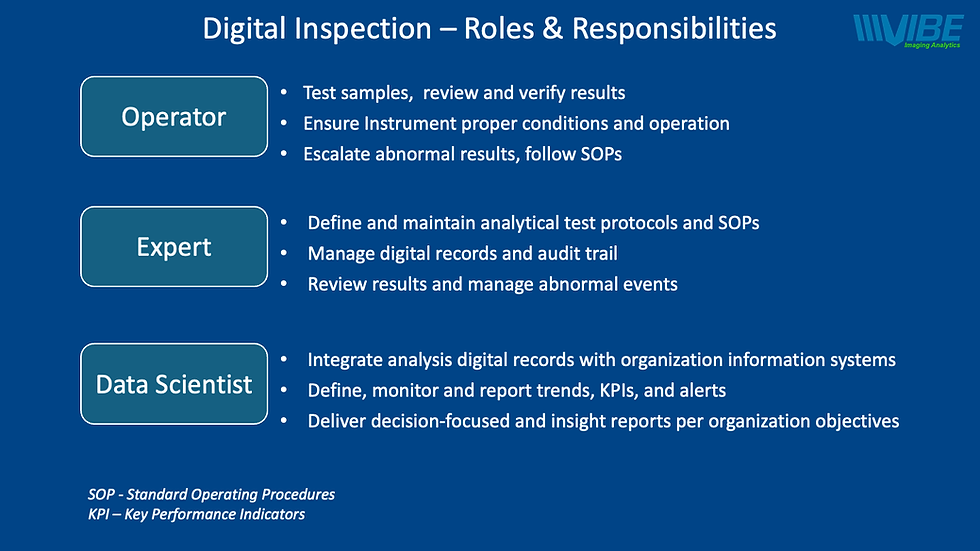Wheat Phenotyping, Grading, and Fusarium Detection
- "The Grain Guru"
- Oct 29, 2018
- 3 min read
Updated: May 11, 2022

Wheat is one of the world’s most commonly consumed cereal grains, cultivated for its edible seeds from a type of grass. Wheat is grown on more land than any other food crop, 215 million hectares of land in total. Every year there are approximately 750 million metric tons of wheat being produced, which are further processed for the making of food products such as bread, pasta, pancakes, etc., and for beverages such as beer, vodka, and other fermented drinks. It’s one of the most traded food commodities in the world, with an export value of $39 bn in 2017. Wheat is eaten by 2.5 billion people in 89 countries, and supersedes maize or rice as a source of protein in low and middle-income nations, and is second only to rice as a source of calories. Wheat is the dominant staple in North Africa and West and Central Asia, providing as much as half of all calories consumed in the region. It is a very important crop to the global food system and commodity trade to say the least. Depending on the fluctuation in commodity pricing, wheat could also be attractive to be used as animal feeds, replacing a portion of corn and barley.
There are so many different uses of wheat for the production of different food products for both human and animal consumption, and not all wheat is created equal. Different species and grades are best suitable for a wide range of different purposes, with nutritional contents and pricing varies, quite significantly in some cases. For a participant in the food supply chain, from grain trader to a food & beverage company, it is crucial to be able to know the accurate grade, therefore quality of the wheat they are sourcing; for growers, it is also important to know the precise grades to ensure they are getting paid for the true value of the crops they are offering. However, the current industry practice of human visual inspection of wheat is leaving too much to chances and error. Furthermore, wheat is also prone to Fusarium ear blight (also called Fusarium head blight), a fungal disease of cereals, caused by a range of Fusarium fungi, which infects the heads of the crop, reducing grain yield and contaminating the harvest with mycotoxins produced by the fungi. The disease can cause significant economic losses and have negative impact on human and animal health, especially impairing the intestinal health, immune function and/or pathogen fitness, resulting in altered host pathogen interactions and thus a different outcome of infection. The present Fusarium fungi can also infect the seedling after sowing therefore a long-lasting impact on crops in later years. To be able to detect Fusarium in wheat is therefore of high important to ensure the health of both humans and animals, and soil health to ensure high quality harvest in later years.
At Vibe, we developed application specifically to inspect the quality of wheat fast and accurately, and the presence of fusarium to quickly decide the health of the wheat kernels. More specifically, the key capabilities of our instrument and software include:
- Grains counting
- Broken grains detection (%)
- 1,000 grains weight
- Grain and sample level dimensions and statistics:
· Length
· Width
· Area
· Length to Width ratio
- Color recognition:
· Normal range
· Damages
· Abnormal colors (incl. Fusarium presence)
- Absolute color characterization in Lab and RGB scales
- Results stored in Excel and SCV files for traceability and further analysis

Additional information:
- Sample weight- up to 25 grams (~600 grains)
- 30 seconds analysis time
- 25 micron measurement accuracy
- 240 X 170 mm (9.5” X 6.7”) Inspection area
- Advanced algorithm for high density sample
- 3,000 color pixels per grain
- High resolution industrial grade camera
- No minimum sample size




Comments